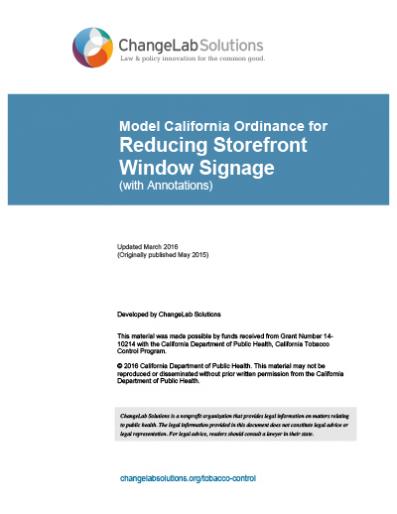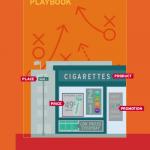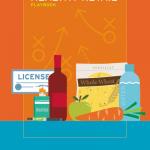Model California Ordinance for Reducing Storefront Window Signage
Policy options to improve public safety
In many retail environments, excessive window signage – posters, banners, neon placards, and other advertising – can be unsightly. Storefront signage can also block views into the store, which is particularly consequential for law enforcement officers. Communities may want to reduce storefront window signage to improve public safety, decrease visual clutter, and preserve neighborhood aesthetics.
In California, the Lee Law establishes public health and safety standards for all alcohol retail stores. It also contains a window signage provision that prohibits alcohol retail stores from covering more than 33% of the square footage of windows and clear doors with signs of any sort.
ChangeLab Solutions developed a Model California Ordinance for Reducing Storefront Window Signage to strengthen the Lee Law’s signage provision by reducing the amount of allowable window signage, expanding the restriction to all retailers, and providing local authorities greater power to enforce such restrictions. It provides background information on storefront advertising restrictions, outlines important legal issues to consider, and includes model policy language jurisdictions can use to limit the amount of signage retailers may have on their storefront windows.
For an introduction to storefront signage restrictions, check out our Q&A: Reducing Storefront Signage. To limit other advertising in your jurisdiction, see our resources on restricting food marketing.




